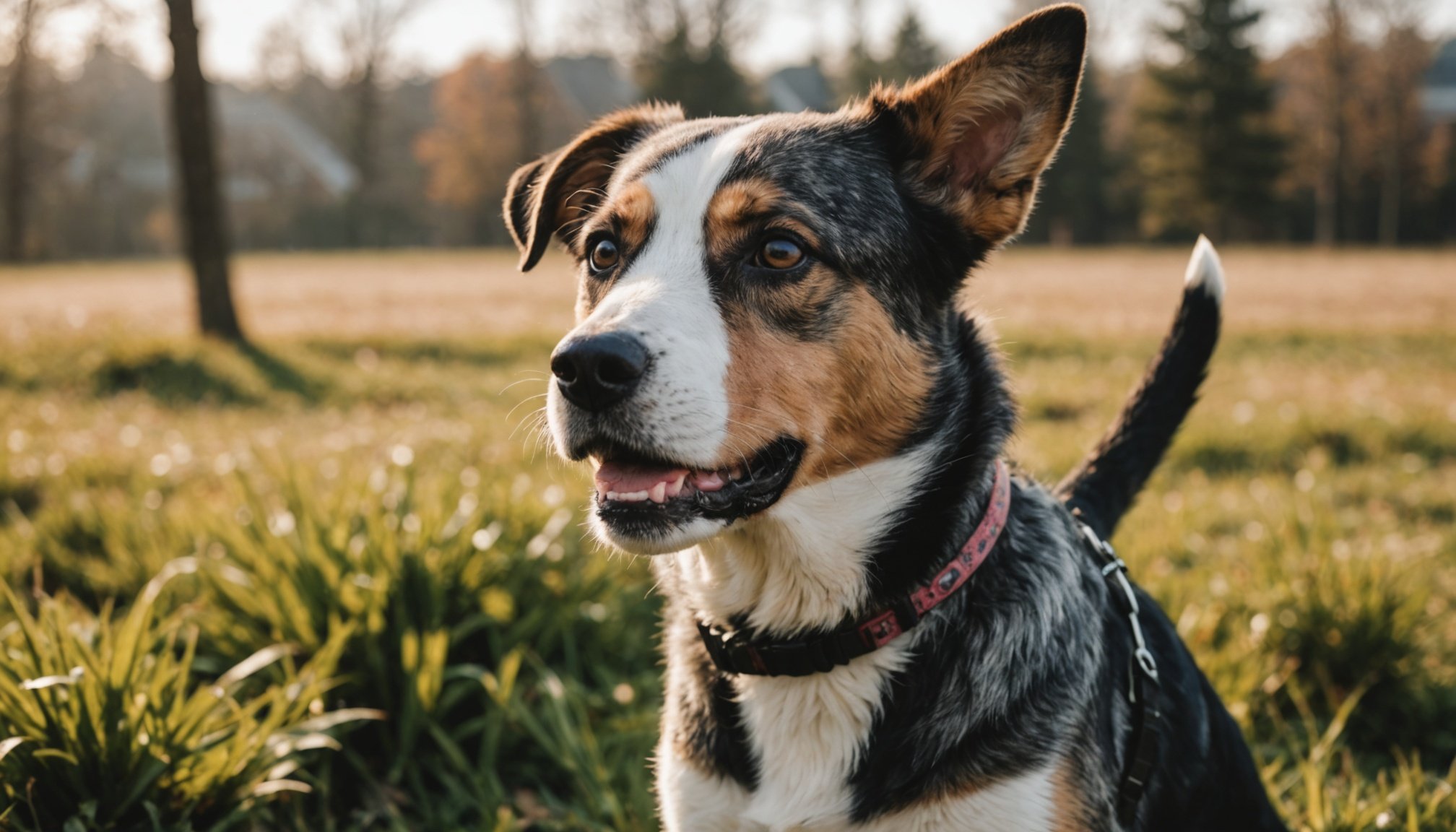Moving to a new home can be a challenging experience, not just for humans but for our beloved pet dogs as well. Dogs are creatures of habit, and any significant change in their environment can cause them to feel anxious and stressed. In this article, we will explore various strategies that you can employ to help your dog transition smoothly into a new home. From understanding their needs during this time to creating a conducive environment, we will cover everything you need to know to ensure your furry friend feels safe and comfortable.
Understanding Your Dog’s Anxiety During Moving
When you decide to move, it’s essential to recognize the impact that such a change can have on your dog. Dogs are sensitive animals, and their routines are often disrupted during moves, which can lead to increased stress and anxiety. Understanding the signs of anxiety in dogs is crucial. You might notice behaviors such as excessive barking, whining, hiding, or even destructive actions. These behaviors signal that your dog is feeling unsettled in the midst of change.
Also read : Identifying Early Warning Signs of Hip Dysplasia in Young Labrador Retrievers: A Comprehensive Guide
During a move, your dog might feel overwhelmed by the packing and unfamiliar noises. The day of the move can be particularly chaotic, and you may find that your pet reacts to the stress in various ways. It’s vital to prepare your dog for this transition by maintaining a sense of routine. Keeping feeding times consistent, taking walks at usual intervals, and sticking to familiar training commands can help your dog feel more secure.
You should also consider your dog’s personality. Some dogs are naturally more adaptable and may handle the transition with ease, while others may require more time and patience. It’s important to observe how your dog reacts and adjust your approach accordingly. Recognizing your dog’s emotional state will guide you in providing the support they need as you navigate this significant change together.
Additional reading : Effective Strategies to Help Your Shetland Sheepdog Overcome Stranger Anxiety
Preparing Your Dog for the Big Move
Preparation is key when it comes to helping your dog transition to a new environment. A few weeks before the moving day, start to introduce changes in small increments. This gradual approach can help your dog adjust to the idea of moving. Begin by rearranging furniture in your home or taking your dog on car rides to more places. This exposure will make the changes less shocking when you finally move.
Make sure to gather all your dog’s essentials before the day arrives. This includes their favorite crate, toys, food, and anything that makes them feel at home. Having familiar items nearby can provide a sense of comfort. When they see their food bowl or their plush toy, it can help ease some of the stress associated with the unfamiliarity of a new house.
On the day of the move, consider keeping your dog in a quiet room away from the hustle and bustle. This will limit their exposure to the chaotic environment of movers and furniture being shuffled around. You can also ask a friend or family member to watch your dog during this time to reduce their anxiety. It’s crucial to keep your dog calm, as their anxiety can peak in stressful situations.
Settling Your Dog into the New Home
Once you have moved into the new house, it’s time to help your dog acclimate to their new surroundings. Start by setting up a designated area for your dog that includes their crate, toys, and food. This familiar space will act as a safe haven where they can retreat if they feel overwhelmed. Make sure this area is quiet and away from the hustle and bustle of unpacking.
Introduce your dog to the new home gradually. Begin with one room, allowing them to explore it fully before moving on to other areas. Give them treats and praise for exploring their new space to create positive associations. This will help them feel more secure in their new environment.
Routine is vital during this transition. Try to maintain the same walking schedule and feeding times. This consistency will provide stability and reassurance to your dog as they adjust. Spend time engaging with your dog in their new environment through play or training exercises. This not only strengthens your bond but also helps to alleviate their anxiety. Remember, your energy will affect your dog; remaining calm and positive will encourage them to feel the same.
Training and Bonding After the Move
After your dog has settled into their new home, it’s essential to focus on bonding and reinforcing training. This will help instill confidence and reduce any residual anxiety. Consider spending extra time each day engaging in training sessions. Short, positive training exercises can offer mental stimulation and help reinforce good behavior in the new environment.
Using a crate can be extremely beneficial during this adjustment period. If your dog is crate trained, ensure that their crate is comfortable and accessible. The crate can provide a sense of security and a personal space for your dog to retreat to whenever they feel overwhelmed. Gradually increase the time your dog spends in the crate to help them associate it with positive experiences.
Additionally, take advantage of this time to explore your new neighborhood together. Walk your dog around the area, allowing them to become familiar with new sights and smells. This is not only a good way to exercise your dog but also a way to create new, positive associations with their new environment. Engaging with your dog in these activities will help reinforce your bond and build their confidence in their new home.
Transitioning to a new home can be a daunting experience for both you and your pet. However, with careful planning and consideration of your dog’s needs, the move can be a positive experience. Understanding your dog’s anxiety, preparing them for the transition, settling them in comfortably, and strengthening your bond through training will all contribute to reducing their stress levels. Keep in mind that patience is key. Some dogs may take longer to adjust than others, but with your help and support, they will soon feel at home. Your dog looks to you for reassurance, so maintaining a calm and positive demeanor will go a long way in helping them adapt to their new environment.











